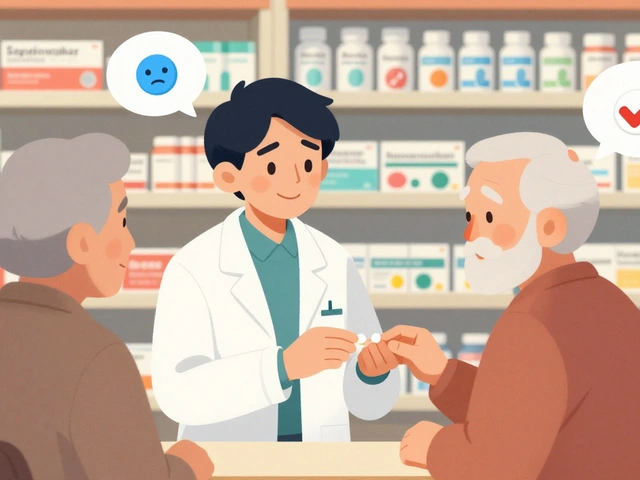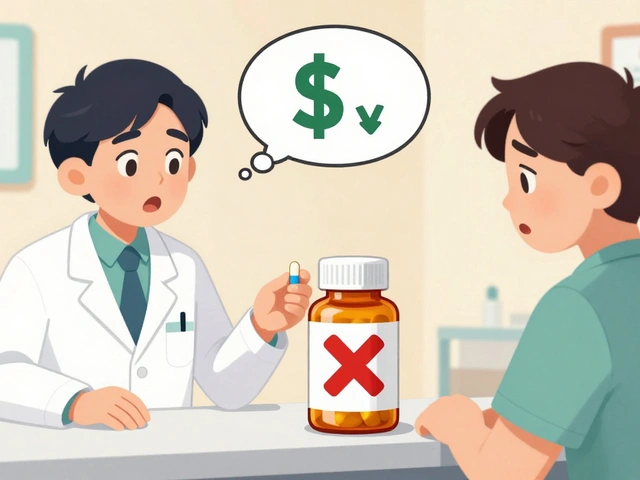Breast Cancer Treatment Overview
Finding the right treatment plan can feel overwhelming, but breaking it down into clear steps helps. Below you’ll see the most common options, what to expect from each, and practical ways to cope with side effects. This guide is meant for anyone facing a diagnosis, a caregiver, or anyone curious about how breast cancer is treated today.
Common Treatment Options
Surgery is often the first move. The goal is to remove the tumor and as much surrounding tissue as needed. Lumpectomy (breast‑preserving) removes only the lump, while mastectomy takes the whole breast. Your surgeon will discuss margins, scar size, and whether you’ll need a sentinel‑node biopsy to check if cancer has spread to lymph nodes.
Chemotherapy uses drugs to kill cancer cells that might have traveled beyond the breast. It’s usually given intravenously every 2–3 weeks for several months. Some patients get chemo before surgery (neoadjuvant) to shrink the tumor, making a lumpectomy possible. Expect fatigue, hair loss, and nausea, but supportive meds can keep these under control.
Radiation therapy follows most surgeries, especially after a lumpectomy. It targets any leftover microscopic cells in the breast and nearby tissue. Treatments last about 3‑6 weeks, five days a week. Skin may feel sore, similar to a mild sunburn, but the irritation usually fades after the course ends.
Hormone (endocrine) therapy works for cancers that have estrogen or progesterone receptors. Drugs like tamoxifen or aromatase inhibitors block hormones that fuel tumor growth. You’ll take these pills daily for 5‑10 years, depending on your doctor’s recommendation. Common side effects include hot flashes, joint pain, and mood changes, which can be managed with lifestyle tweaks and occasional medication.
Targeted therapy attacks specific molecules that help cancer grow. HER2‑positive tumors often receive trastuzumab (Herceptin) or newer agents like pertuzumab. These drugs are given by IV infusion and can be combined with chemo. Side effects may include heart‑monitoring needs, diarrhea, or skin rash. Your cardiology team will keep an eye on heart function throughout treatment.
Immunotherapy is emerging for some breast cancers, especially triple‑negative types. Agents such as atezolizumab boost the body’s immune response against cancer cells. They’re given intravenously and can cause fatigue, skin changes, or mild flu‑like symptoms. Not every patient qualifies, so discuss eligibility with your oncologist.
Managing Side Effects & Support
Side effects are a normal part of treatment, but they don’t have to dominate your life. Keep a symptom journal – write down what you feel, when it starts, and what seems to help. This record makes it easier for your care team to adjust doses or add supportive meds.
Nutrition matters. Aim for small, balanced meals that are high in protein and easy on the stomach. If nausea hits, ginger tea, crackers, or a cold snack can calm the upset. Staying hydrated – sip water, herbal tea, or electrolyte drinks throughout the day – helps with fatigue and kidney function.
Physical activity might feel impossible, but gentle movement improves energy and mood. A short walk, light stretching, or a guided yoga video can keep muscles strong and reduce joint pain from hormone therapy.
Emotional support is just as vital. Talk to a counselor, join a local breast cancer support group, or connect with an online community. Sharing experiences cuts down the feeling of isolation and often yields handy tips you won’t find in a pamphlet.
Finally, keep up with follow‑up appointments. Regular scans and blood tests track how well the treatment is working and catch any recurrence early. Bring your symptom journal, ask questions, and write down the answers – staying proactive gives you a sense of control.
Every breast cancer journey is unique, but knowing the treatment options, what side effects look like, and how to manage them makes the path clearer. Use this guide as a starting point, and work closely with your medical team to tailor a plan that fits your life and goals.
Tamoxifen: How It Works, Benefits, Dosage & Side Effects Explained
A clear, up‑to‑date guide on Tamoxifen covering its purpose, how it works, dosing schedules, common side effects and tips for safe use.
Read More





